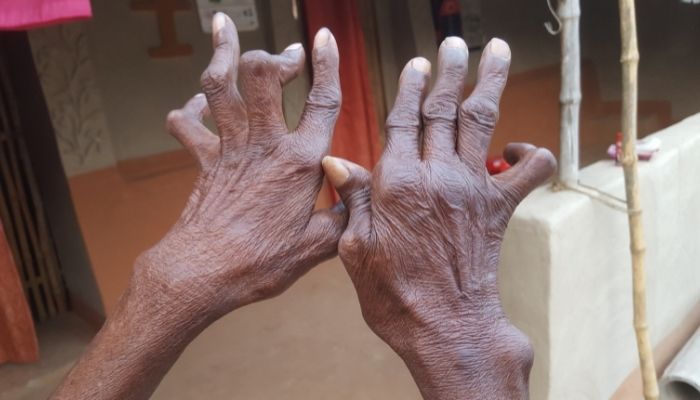What do we mean by the mallet finger condition? It is something that often happens to athletes. Before knowing more about the mallet finger treatment methods, you should read up on the actual issue itself. This will help you stay aware and informed by all means.
Knowing More About Mallet Finger
Mallet finger indicates damage to the tendon which is located at the tip of your finger. Injuries to the finger tendons may lead to inability to fully straighten the finger and it may witness some drooping as well. It may encompass ice and mallet finger splinting alike. Treatment is always advised swiftly for this condition. The condition is also named as baseball finger or drop finger and with the injury, the tendon may get detached from your finger bone or tear from the same.
You may also injure the tendon and finger bone together in some scenarios. In the case of a mallet finger, it becomes tough to straighten the finger which keeps drooping otherwise. This is a painful turn of events and the finger clearly looks swollen/bruised.
Mallet finger is a common occurrence for athletes and those who are working out. It may also happen while going about daily household chores, particularly if the fingertip is struck roughly or hard against any solid object like a wall or door. Anyone playing a sport may get this injury.
Causes & Symptoms of Mallet Finger
The injury takes place whenever the extended finger hits something hard or there is any additional trauma due to getting caught in a door or any other tight space. Symptoms include pain, bruising, swelling, redness and inability to straighten the finger along with detached fingernails, tenderness and redness under the fingernail.Testing & Diagnosis of Mallet Finger
If you cannot straighten the finger, the doctor may ask you to go for an X-ray and ultrasound/MRIs in rare scenarios.Treatment for Mallet Finger
1. Ice Pack: If injured, you should instantly put an ice pack (wrapped in cloth/towel) on the finger and hold the finger above the heart for reducing the swelling and pain alike.2. Medication: You can also take medication in consultation with your doctor. For this condition, the doctors may prescribe you some antiinflammatory medicines.
3. Splint: Treatment for the long haul includes using a splint for the fingertip for at least six weeks to allow the tendon to recover. Supplemental X-rays may be needed after some time to check the right position of the bone fragment in question. You will have to keep wearing your splint at all times and periodically remove it carefully for cleansing purposes.
There are various kinds of splints and you will have to wash and dry the same once each day. You should also keep icing the splinted finger for 10-20 minutes periodically each day.
4. Surgery: Surgical insertions of pins into the finger may be required for more severe injuries to keep the joint in the right position while it heals. Surgeries are rare for these conditions. However, improperly aligned joints, broken fingers and other complex issues may necessitate surgery.
The Bottom Line
As you can see, this is quite a common condition and you need not excessively worry or panic about the same. However, following the doctor’s advice to the hilt is always recommended in such cases. You should make sure that you keep your finger in the right position for faster healing and treatment. Not treating a mallet finger injury leads to the finger getting stiffer and you may be unable to bend it at all in some scenarios. You may witness a swan’s neck shape for the finger too in these scenarios.Young children with this injury may require instant treatment since the lack of the same may hinder finger growth as well. Mallet finger is an injury that requires treatment but you can continue with your daily routine otherwise. Of course, you will have to avoid activities like sports and strenuous physical routines. You can also take leave from work until the finger heals properly.


